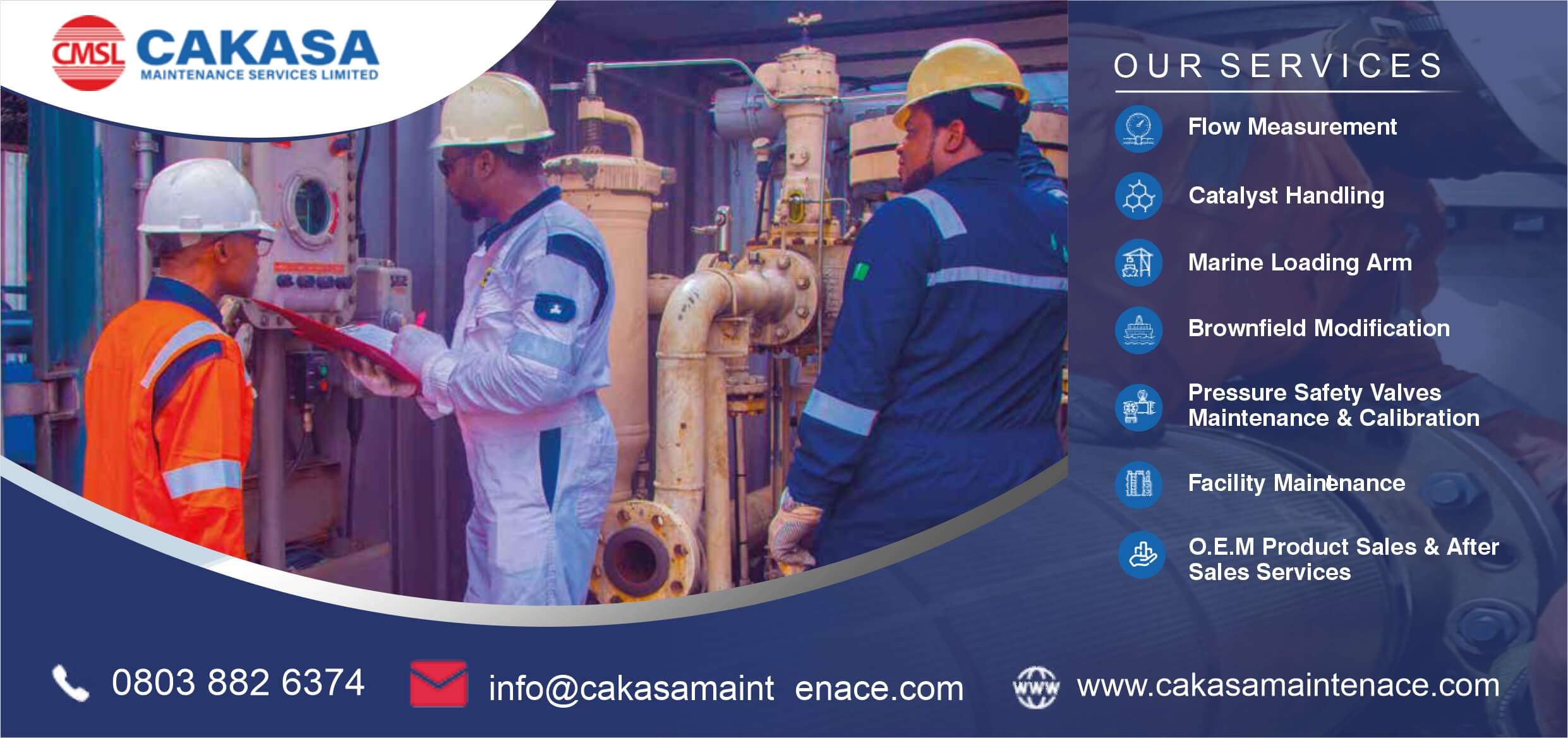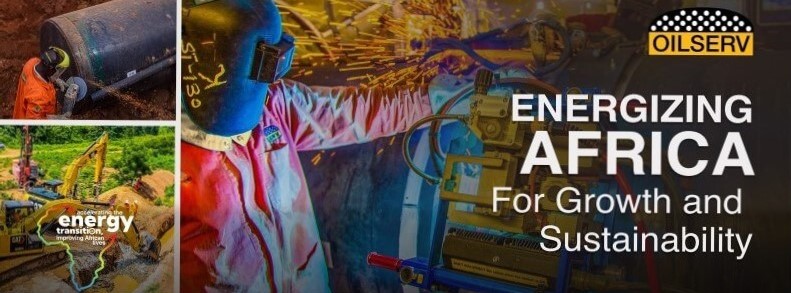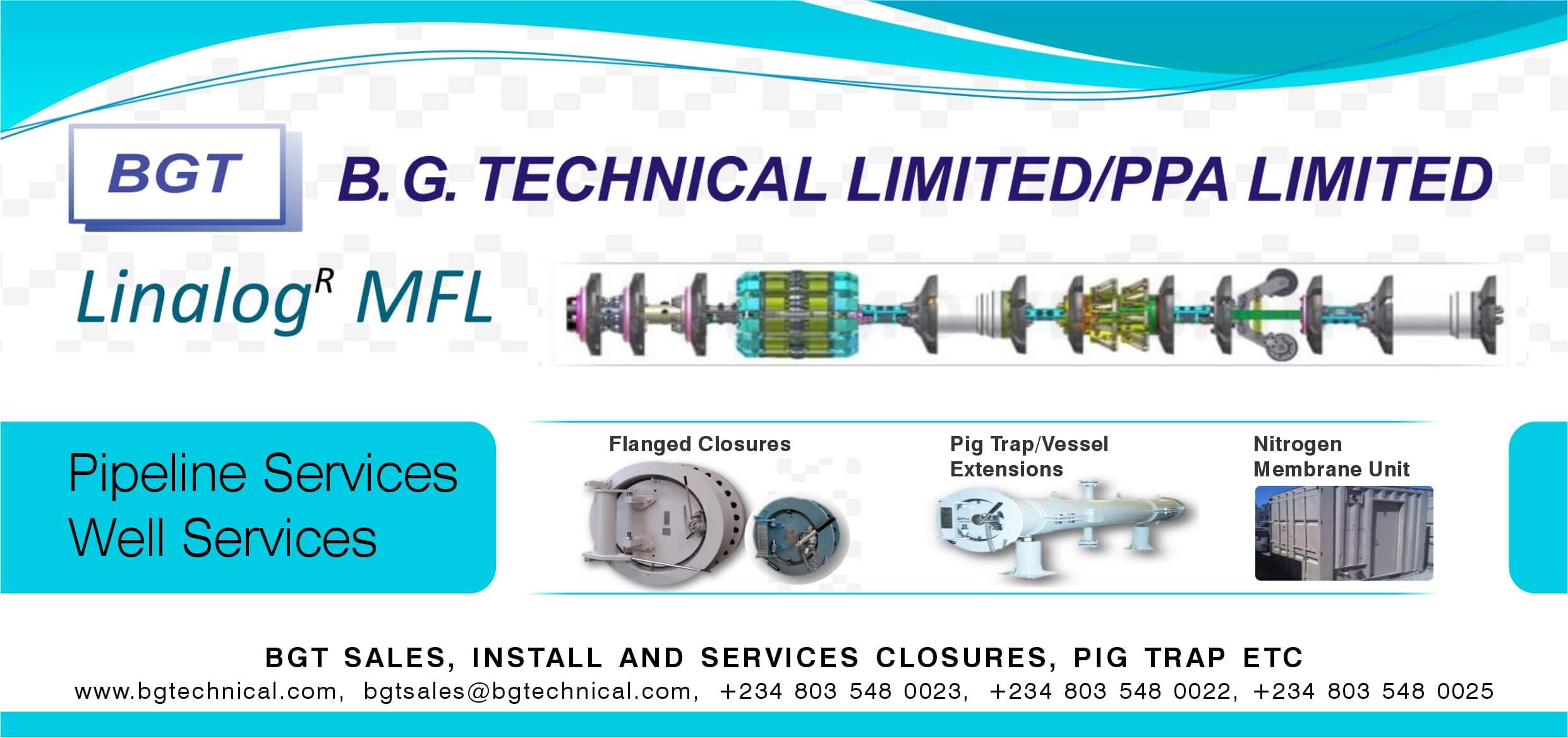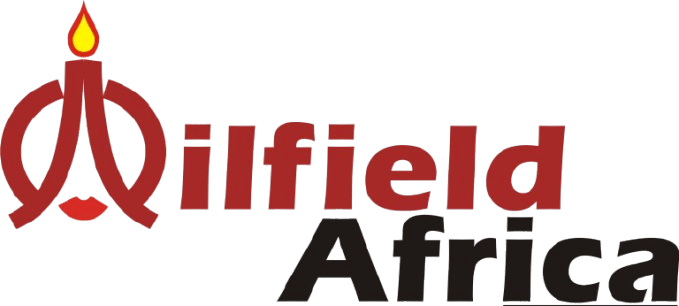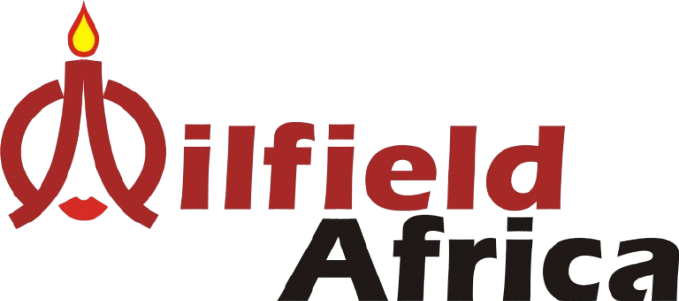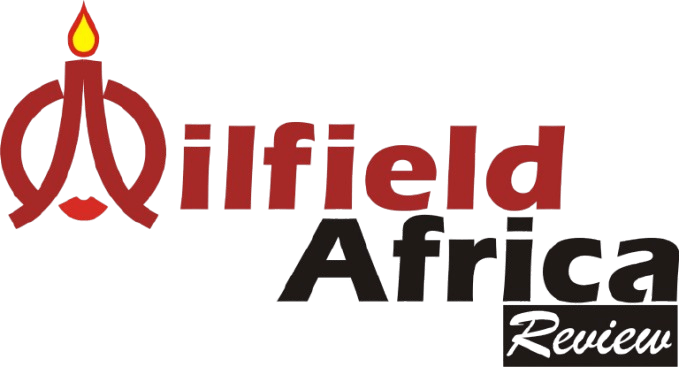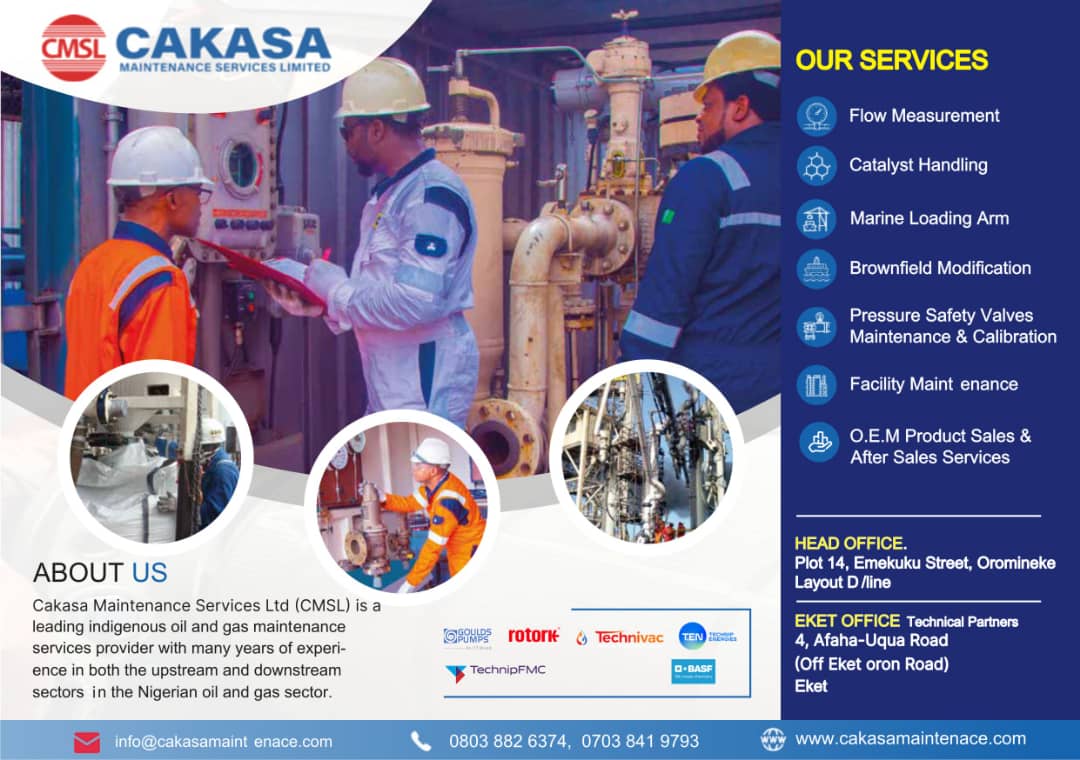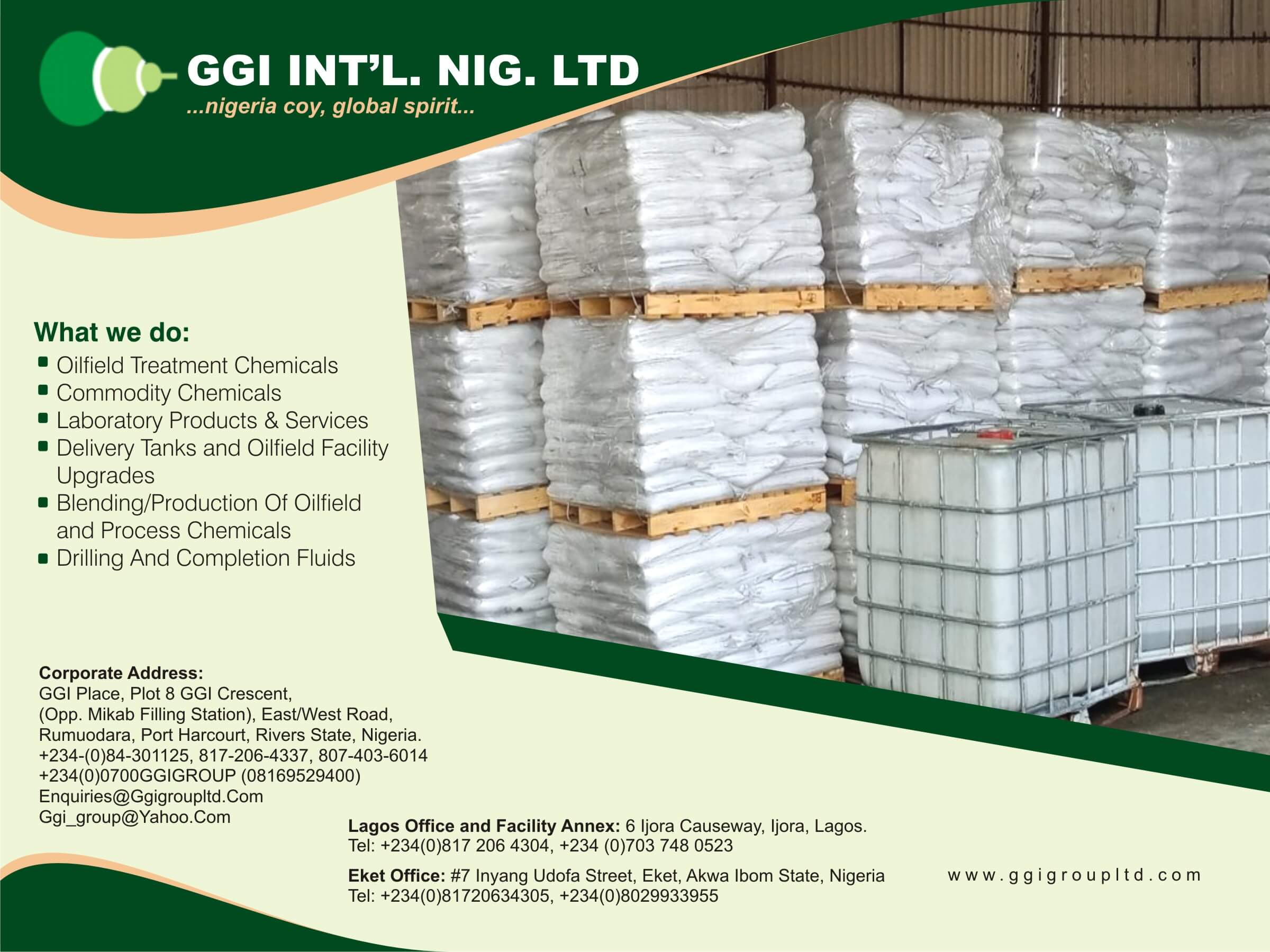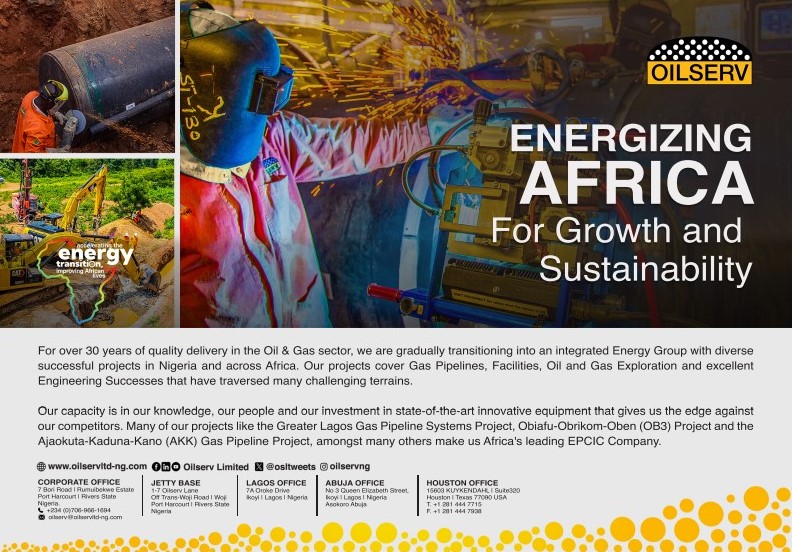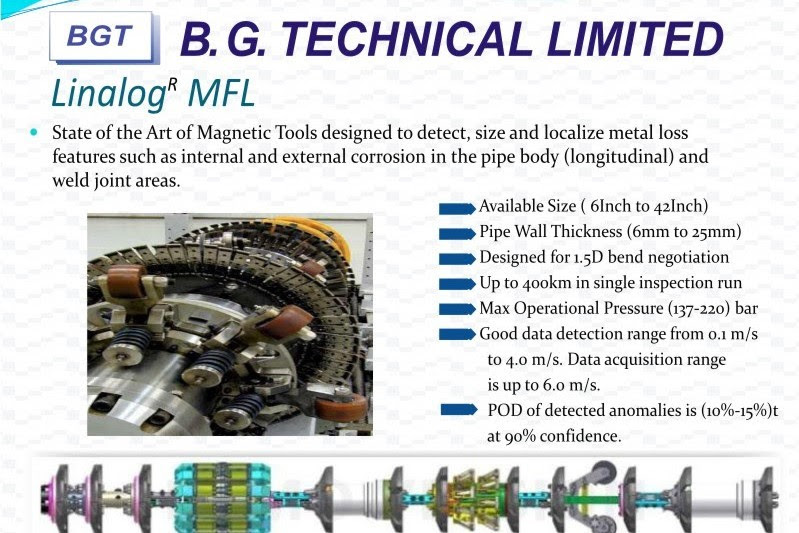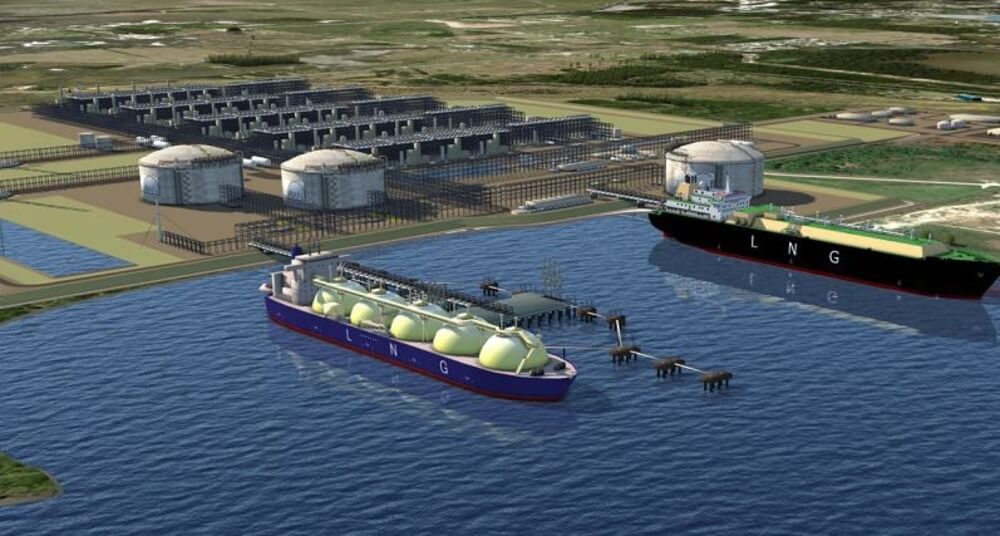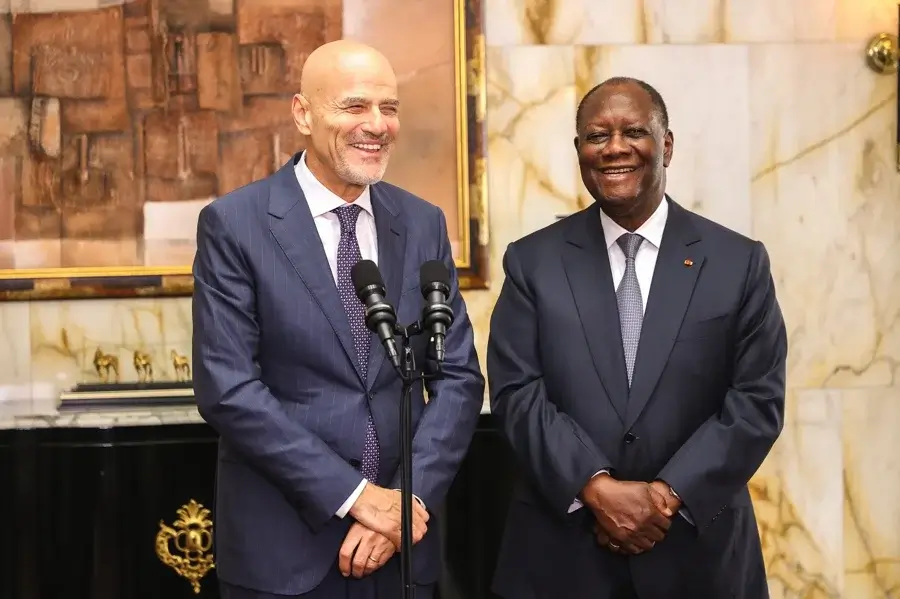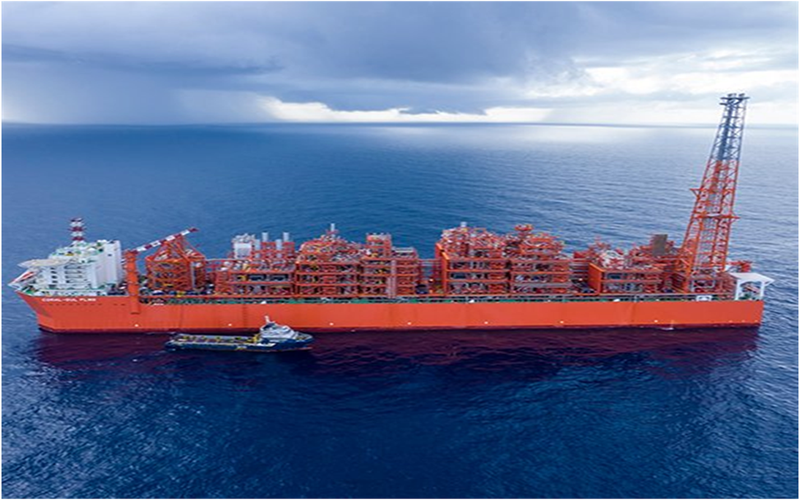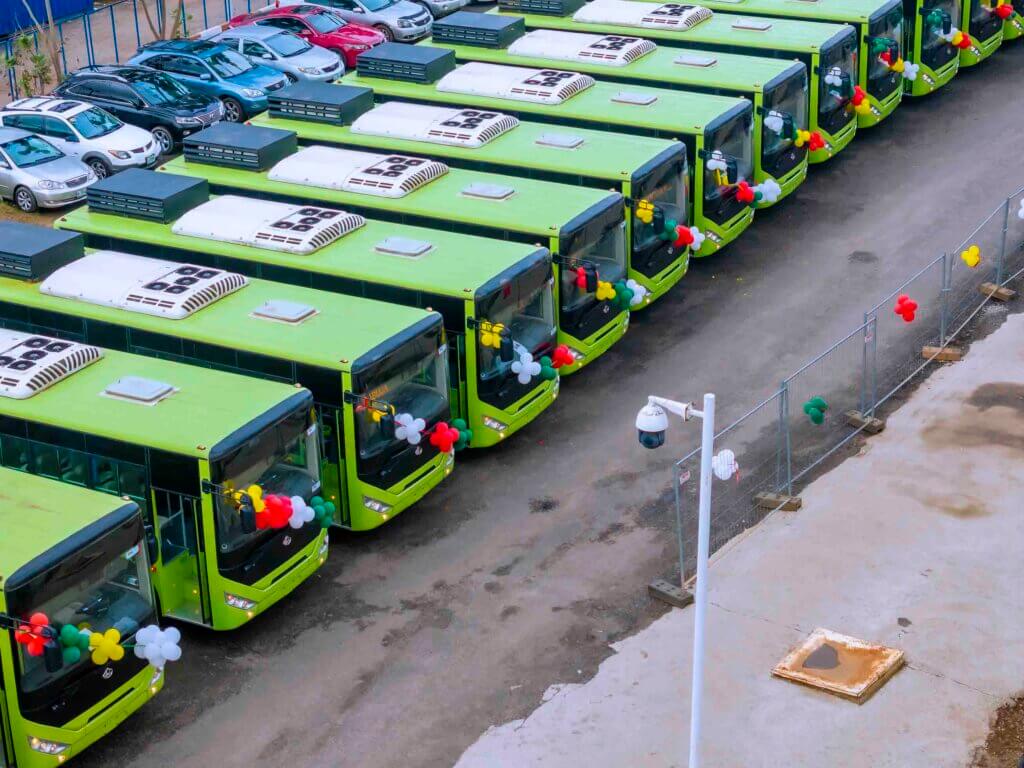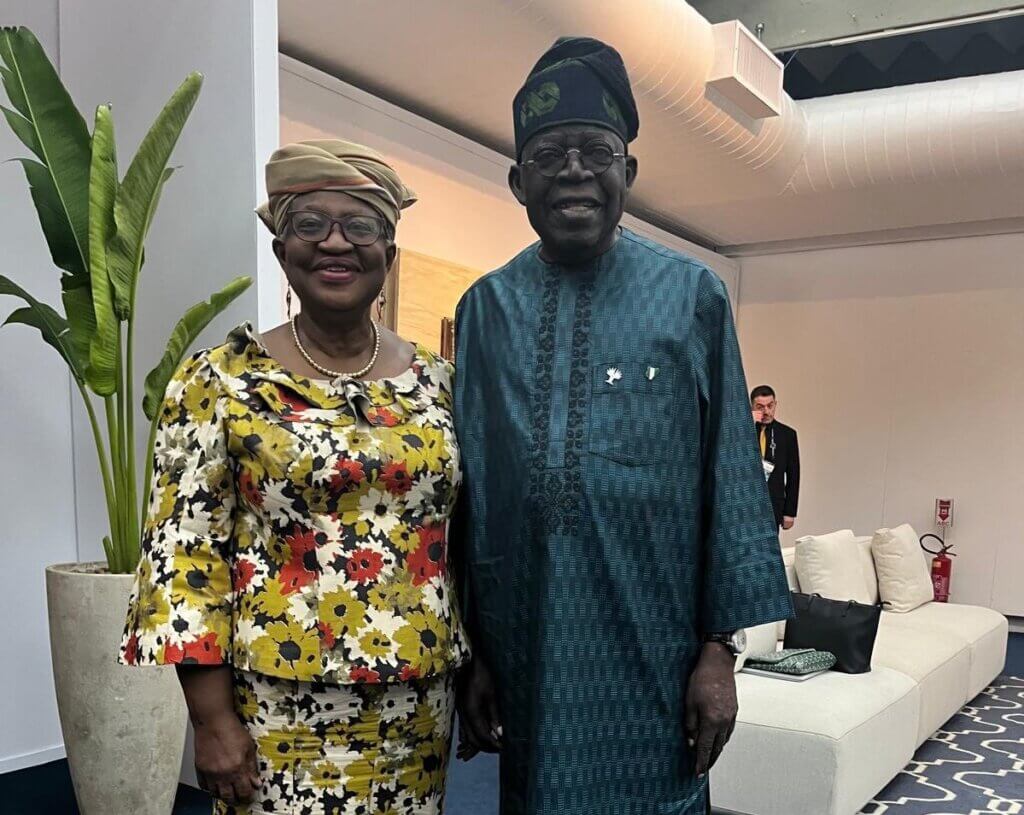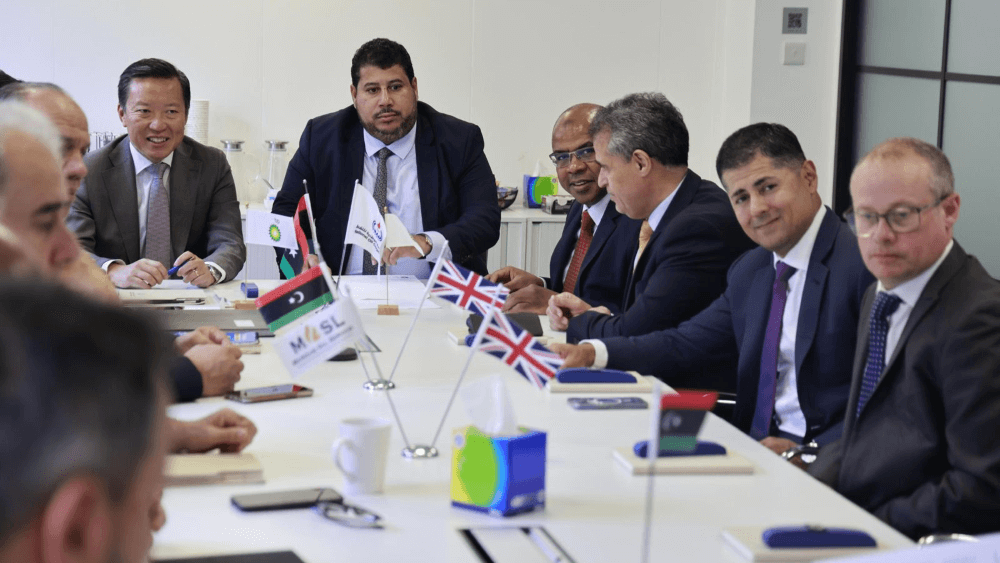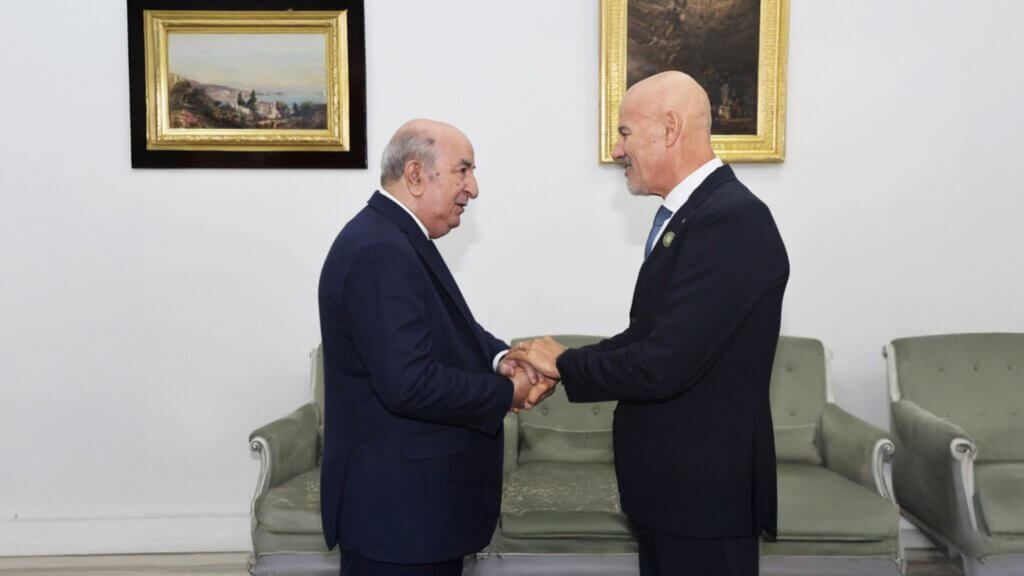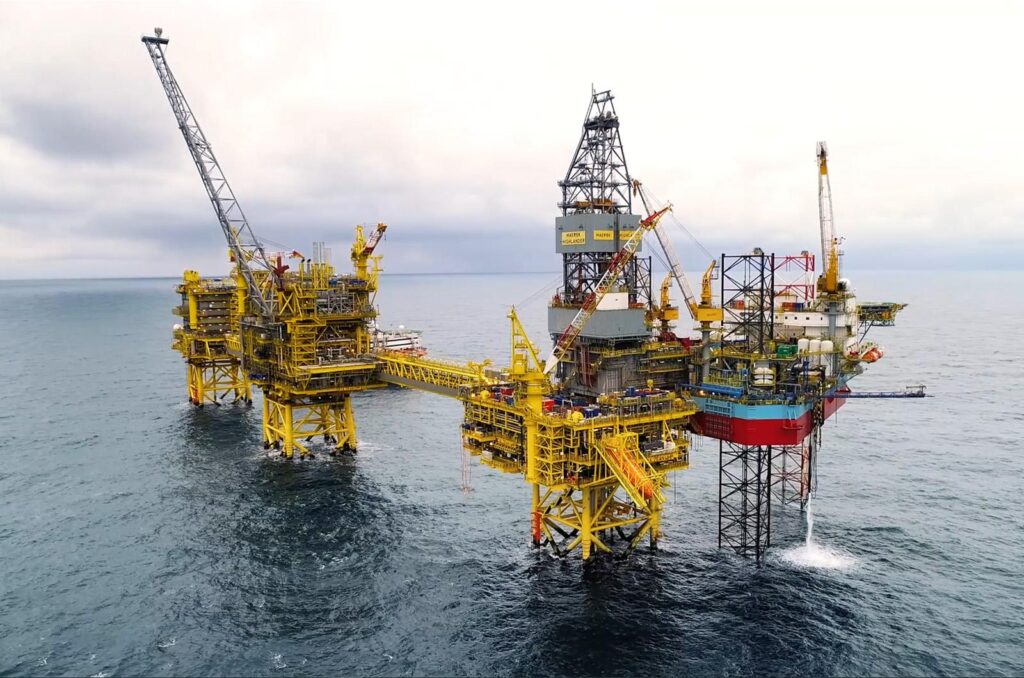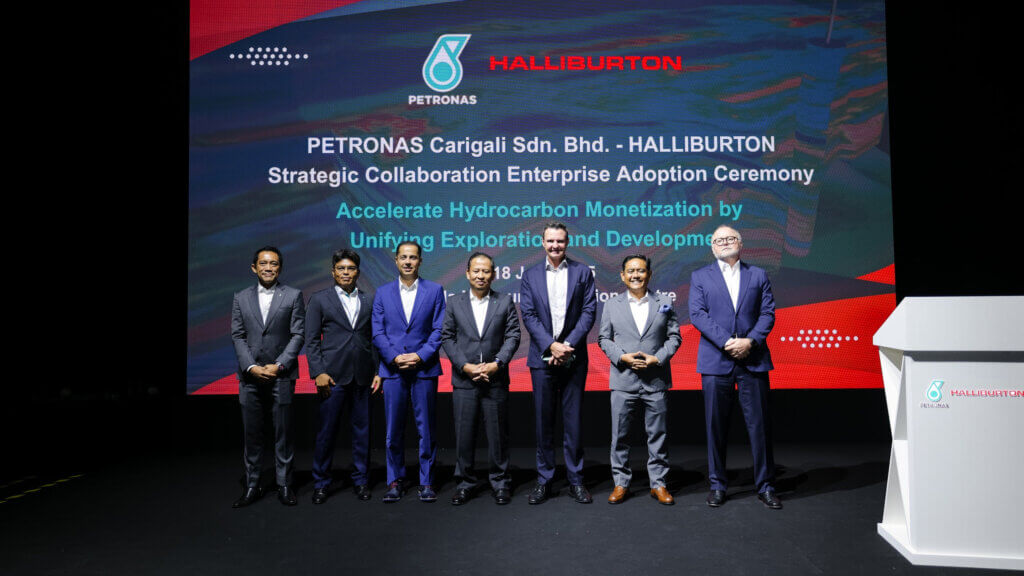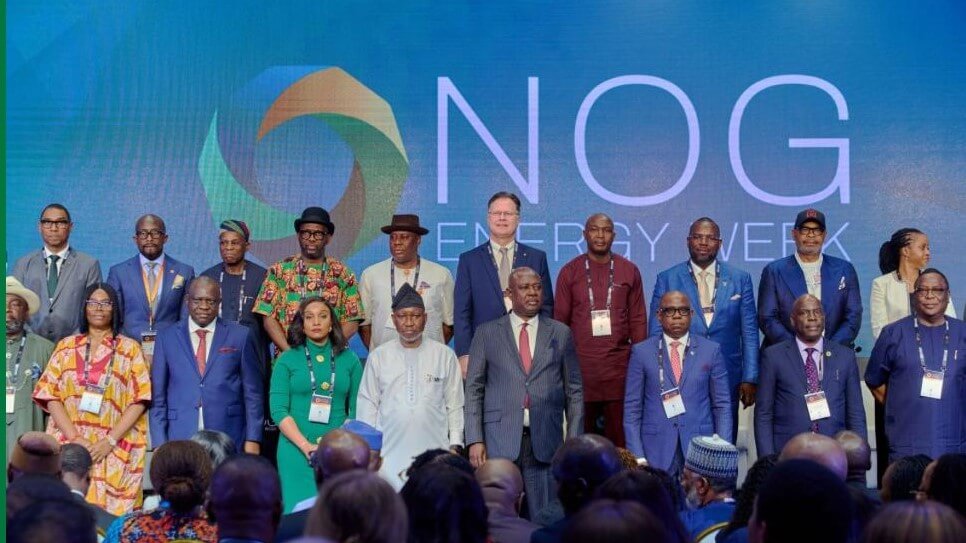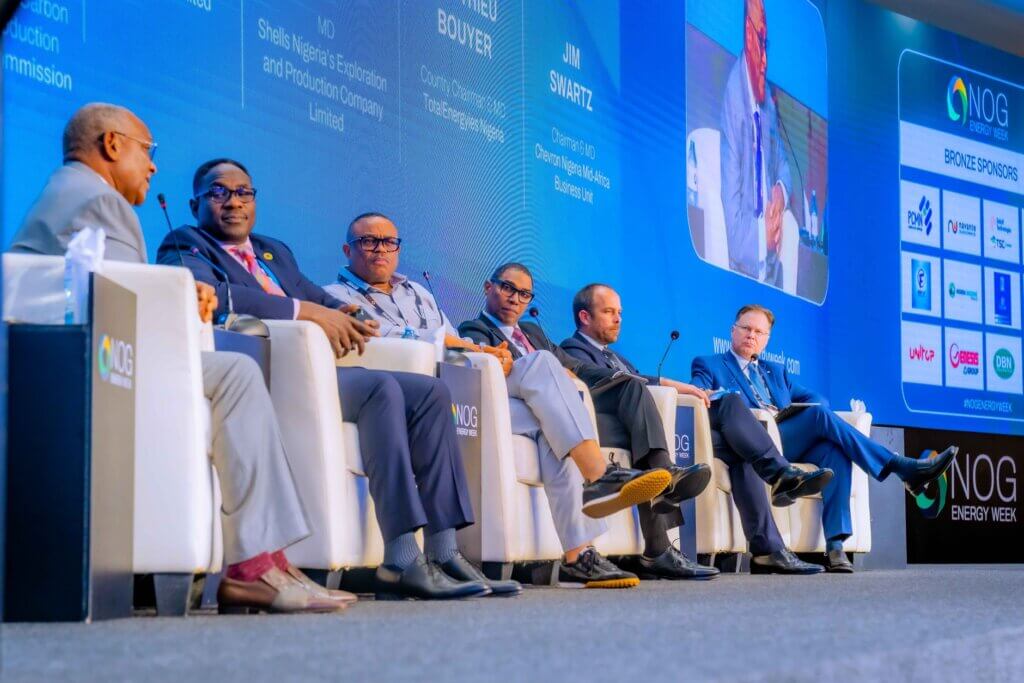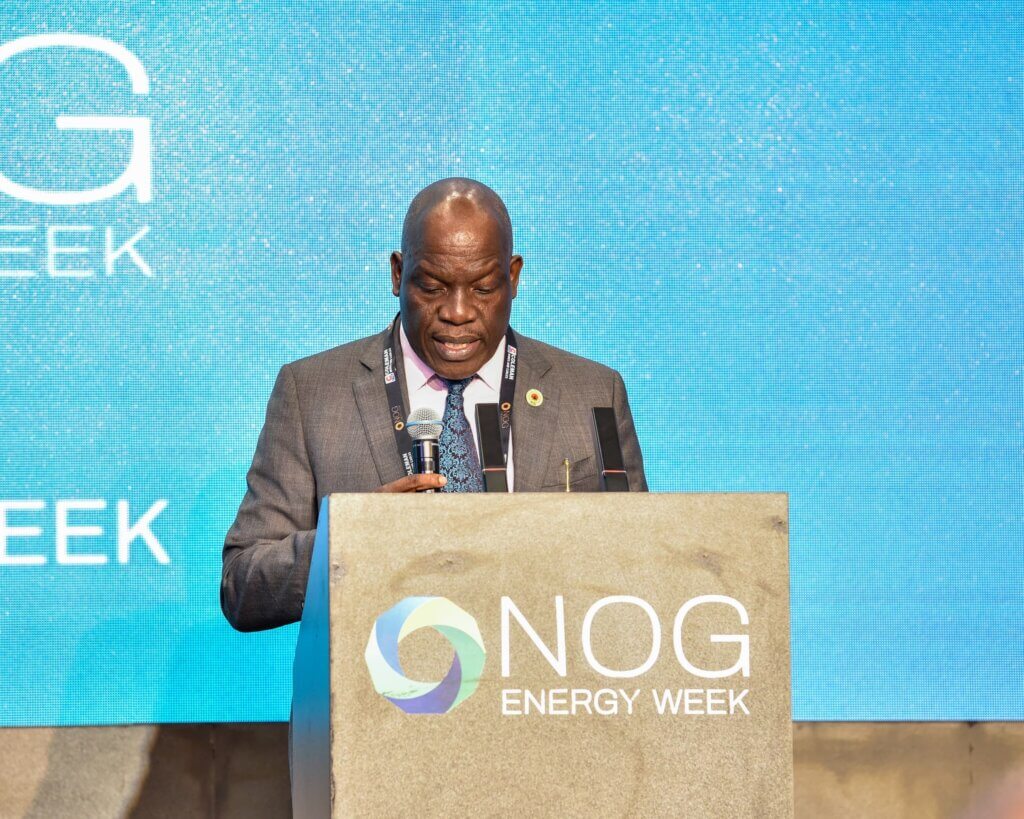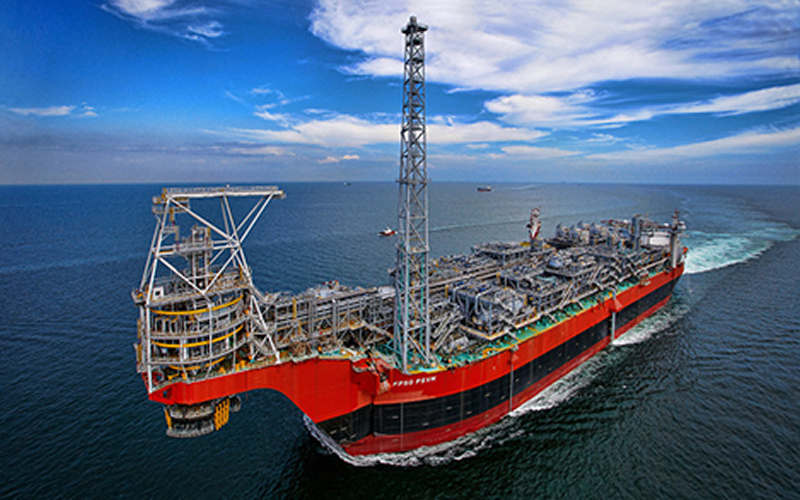
bp is reallocating capital to its highest-returning businesses and it is moving at pace with the start-up of two major projects so far this year in Africa – the first of 10 planned between 2025 and 2027.
It’s all part of how bp boosting planned investment in its upstream oil and gas business by approximately 20%, reaching around $10 billion per year through 2027 as bp reset its Strategy.
Egypt’s Raven flies
Delivered safely and ahead of schedule, gas began flowing in February from the second development phase of the bp-operated Raven field.
It will help to meet Egypt’s growing demand for energy and strengthen bp’s position as a key energy supplier and investor in the region, where our relationship spans more than 60 years.
Situated around 65 kilometres offshore Egypt in the Mediterranean Sea, Raven Infills has a production capacity of around 220 billion cubic feet of gas and 7 million barrels of condensates.
The Raven field was the third and final phase of the bp-operated West Nile Delta gas development, the only oil and gas facility operated by an international company in Egypt.
This project is a great example of maximizing production from existing assets and boosting resource efficiency.
“The safe start-up of Raven Infills – alongside the recent completion of the El King exploration well and the El Fayoum-5 discovery well – reflects our continued commitment to meeting Egypt’s growing energy demand,” says Nader Zaki, bp regional president for the Middle East and North Africa. “By optimizing production and leveraging our existing infrastructure in the West Nile Delta, we’ve enabled a fast tie-back and accelerated delivery.”
Mauritania and Senegal’s mega project
Off the coast of Africa, deep in the ocean where the borders of Mauritania and Senegal meet, the Greater Tortue Ahmeyim (GTA) Phase 1 project achieved first LNG cargo load and sail away in April after announcing first gas earlier this year.
Expected to produce around 2.4 million tonnes of LNG a year, GTA will feed into global energy needs, with an allocation of gas volumes made available to the domestic markets in both countries, when they are ready to receive it.
GTA is effectively four major projects in one – a mega project – with each component being an engineering feat in its own right.
GTA’s subsea system is nearly three kilometres (2,850 metres) below sea level, one of the deepest developments in Africa.
The deepwater infrastructure consists of more than 380 kilometres of pipeline and umbilical, with approximately 25,000 separate pipe joints (up to 34mm wall thickness).
The massive floating production storage and offloading (FPSO) vessel is equivalent to the size of a 10-storey building and spans the length of two football fields. It is designed to process more than 500 million standard cubic feet of gas per day, removing water, condensate and impurities from the gas.
The floating liquefied natural gas facility (FLNG) cools the gas to minus 162 degrees centigrade, so it can be transferred to LNG carriers at the hub terminal.
Meanwhile, the breakwater, designed to protect the FLNG and visiting LNG carriers from the Atlantic Ocean’s adverse weather, is made of 21 concrete caissons, each almost the height of the Arc de Triomphe in Paris.
This mega project was possible because of the partnership between bp, the GTA partners and the governments of Mauritania and Senegal.
“This is a major achievement and confirms Mauritania and Senegal as LNG-exporting countries. Throughout the development of this project, we have built strong relationships with the project’s host governments, local communities and our partners, and we look forward to strengthening these in years to come as we continue ongoing operations,” says Dave Campbell, SVP, Mauritania and Senegal.
